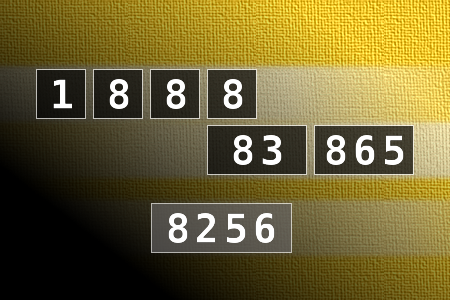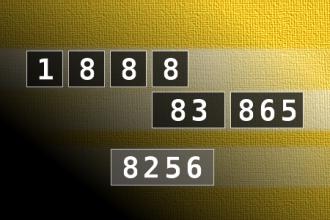Calculate the number 8256
NUMBERMANIA: Calculate the number 8256 using numbers [1, 8, 8, 8, 83, 865] and basic arithmetic operations (+, -, *, /). Each of the numbers can be used only once.Correct answers: 29
The first user who solved this task is Kathy Wu.
#brainteasers #math #numbermania

Eating Out
This married couple was sitting in a fine restaurant when the wife looks over at a nearby table and sees a man in a drunken stupor.
The husband asks "I notice you've been watching that man for some time now. Do you know him?"
"Yes" she replies. "He's my ex-husband and has been drinking like that since I left him seven years ago."
"That's remarkable" the husband replies. "I wouldn't think anybody could celebrate that long."

